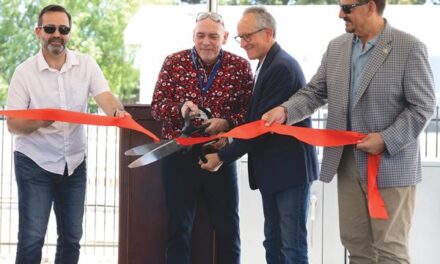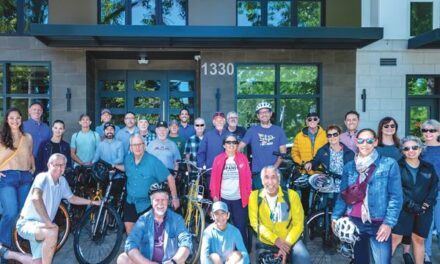“The Sacramento region continues to grow faster than almost any other place in California. But exactly how the region develops and what kind of quality of life its residents enjoy is up to us.”
So says the Sacramento Area Council of Government’s draft “Blueprint: Metropolitan Transportation Plan/Sustainable Communities Strategy 2020-2050.”
How much the public can help shape the region’s future is an arguable point. But here are some projections from the plan that underscore why we need to try. Between now and 2050, the Sacramento area will:
—See its population grow by about 580,000 (more than the city’s current population or roughly equal to El Dorado, Yolo, Yuba and Sutter counties combined).
—Add about 278,000 new homes.
—Create about 263,000 new jobs.
The Sacramento Area Council of Governments understands sustainable regional growth. SACOG is federally designated to oversee transportation planning and distribute federal funds to the 28 local governments that make up its membership.
“Without thoughtful planning, we will continue to face a lack of housing that is affordable to our growing population, and we will struggle with longer commutes as the distance between new housing and new jobs increases,” the report says. “Our region’s precious farmland and natural landscapes could be diminished. And all of this could worsen air quality, health outcomes, and economic opportunity.”
In other words, if you think housing is expensive now, or that we already have too much traffic and long commutes and dirty air, we better step up and do what we can to help shape the future.
If we don’t, living here will get a lot worse.
But as the blueprint notes, if we are smart about how and where we grow we can reduce our dependence on cars, develop more compact and sustainable neighborhoods, preserve more open space, and provide more diverse and practical housing options. We can create and preserve communities that work.
SACOG is accepting comments on the blueprint draft until Aug. 8. You can give planners a piece of your mind on the SACOG website at sacog.org/planning/blueprint. If you read the 84-page document, you’ll find plenty to think about.
It covers population trends, employment, housing, traffic and traffic fatalities. It examines air quality and land-use decisions about the risks we face from fires and floods. It’s not light reading. But the region’s challenges are serious.
The blueprint contains copious amounts of data on the status of approved transportation projects and local government revenue outlooks. There’s an alarming section that examines why the region has so many traffic fatalities.
In addition to rapid growth projections, here are some key findings:
—Households will be smaller, our population older and more diverse.
—The region will have more jobs, more economic diversity and less reliance on the government sector.
—Most growth will be in existing cities, suburbs and small towns.
SACOG has already conducted considerable outreach to shape the draft blueprint. Adoption is scheduled for this fall.
The real test will be how local governments respond. The report is well done and authoritative. But it’s hardly revolutionary or innovative.
Its prescription for how the region should approach the next 25 years is sound and responsive to real-life opportunities and constraints. That should be good enough.
Political will is the tipping point. We all know we need more housing and a greater diversity of choices. Infill is better than sprawl. Yet we still make it too hard to get the right housing built in the right places.
A region where everyone needs a car is doomed to more traffic and dirtier air. We need more bike lanes, pedestrian-oriented neighborhoods, eclectic housing choices. We need to maintain existing infrastructure.
We can all weigh in and let SACOG know our concerns and ideas. But it comes down to resources and resolve.
The region has a mixed record on planning. Developers and other moneyed interests can dominate the discourse. The default posture for local government still seems to be competition for limited resources, rather than looking at what’s best for the region overall.
The SACOG blueprint provides answers. Now we get to see what the public and government officials do with the information.
Gary Delsohn can be reached at gdelsohn@gmail.com. Follow us on Facebook and Instagram: @insidesacramento.



